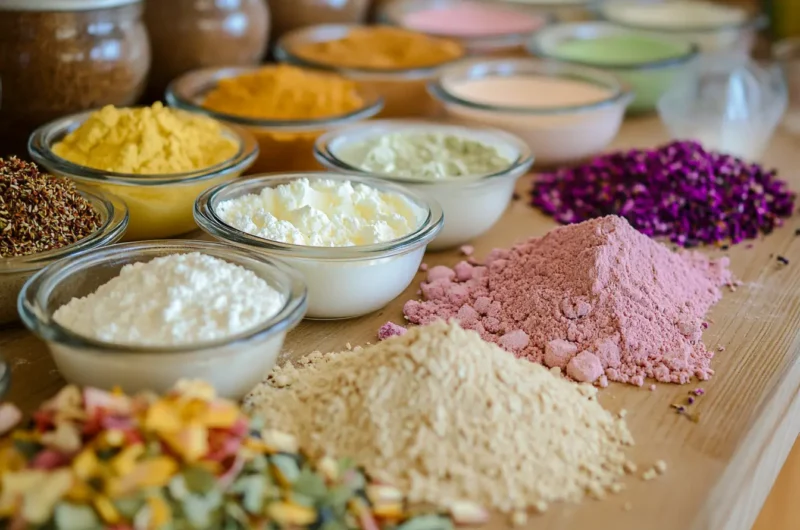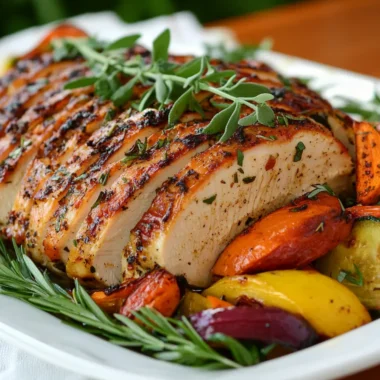1. kefir sheet cake ingredients Introduction
Discovering the delightful world of *kefir sheet cake* introduces you to a scrumptious blend of flavors and textures. This cake, rooted in Czech culinary tradition as Kefírová buchta, promises not only a unique taste but also a glimpse into its rich cultural significance. Dating back to Central Europe, this confection is a staple at many family tables during festive occasions and regular gatherings alike. Historically, it represents a fusion of tradition and innovation, bringing a taste of the past into modern kitchens.
But why choose *kefir* for your cake? The answer lies in the remarkable qualities this ingredient brings to the table. Unlike traditional dairy components, *kefir* is teeming with probiotics that enhance gut health. Additionally, it imparts a tangy flavor profile that perfectly complements both sweet and savory elements in baking. Moreover, its natural acidity helps create a plush, tender crumb in cakes. As you delve into the use of kefir, you’ll appreciate not just the health benefits but also the depth of flavor it offers.
Such benefits make kefir an attractive option for bakers. It serves as a versatile base, providing a canvas for creativity in flavors and textures. Therefore, blending history and health, kefir sheet cakes entice culinary enthusiasts to explore beyond conventional baking frontiers. Why not try it for yourself and transform your next baking adventure?
2. Health Benefits of Using Kefir in Baking
The nutritional advantages of using kefir in baking are manifold. This fermented dairy product is a powerhouse of essential nutrients. Packed with probiotics, it aids in maintaining a balanced gut flora, crucial for optimal digestive health. Furthermore, it is rich in vitamins such as B12 and K2, along with valuable minerals like calcium and magnesium. Such nutrients contribute to improved digestion and overall health. For more in-depth information, resources like this Healthline article offer extensive insights into the benefits of kefir.
When comparing *kefir* to traditional dairy ingredients like buttermilk and yogurt, its superiority becomes evident. While buttermilk adds acidity and moisture, kefir offers a higher probiotic content. Similarly, yogurt provides protein and calcium; however, it lacks the fermentation benefits unique to kefir. These factors make kefir an invaluable ingredient, especially for those seeking both health and flavor in their desserts.
Moreover, the impact of kefir on digestive health is significant. As a natural source of probiotics, it supports the digestive system by fostering beneficial bacteria. Consequently, this can lead to improved digestion and enhanced nutrient absorption. Additionally, kefir may help reduce inflammation, making it an excellent choice for those looking to improve their digestive health. Why not try incorporating kefir into your next baking session and experience the health benefits yourself?
3. Essential Ingredients for Kefir Sheet Cake
Understanding the essential ingredients for a *kefir sheet cake* is crucial in achieving the perfect bake. Starting with the dry ingredients, staples such as all-purpose flour, baking powder, baking soda, salt, and sugar form the base. These components interact to provide structure and sweetness. Using precise measurements ensures that the cake rises properly and fits the desired taste.
Moving to the wet ingredients, kefir stands as the star, alongside eggs, oil or melted butter, and vanilla extract. The synergy between these elements is pivotal to achieving a moist and flavorful result. Kefir imparts a slight tanginess, enhancing the overall profile while eggs bind and enrich the texture. Choose oil for lightness or butter for richness, and finally, vanilla for a touch of aromatic sweetness.
Moreover, balancing these flavors and textures is key to crafting an exceptional cake. The ratio of dry to wet ingredients directly influences the cake’s texture. An imbalance can lead to undesirable results, either dry and crumbly or too wet and dense. Therefore, each ingredient’s role is crucial in achieving the ideal balance for a perfect cake. So, gather your ingredients and embark on a delightful baking journey!
4. Choosing the Right Kefir for Your Cake
Choosing the right kefir for your cake quality often dictates the outcome of your bake. When it comes to types, milk kefir and water kefir serve different purposes. While milk kefir offers a creamier consistency, ideal for moist cakes, water kefir presents a lighter alternative, perfect for those preferring dairy-free options. Each type introduces distinct flavor nuances, enriching the cake’s profile and allowing for experimentation.
The choice between homemade versus store-bought kefir also impacts your baking experience. Homemade kefir offers freshness and the satisfaction of crafting your own ingredients. However, it requires time and effort. In contrast, store-bought kefir provides convenience and consistency in quality. Both options have their pros and cons, leaving the decision based on your priorities and preferences.
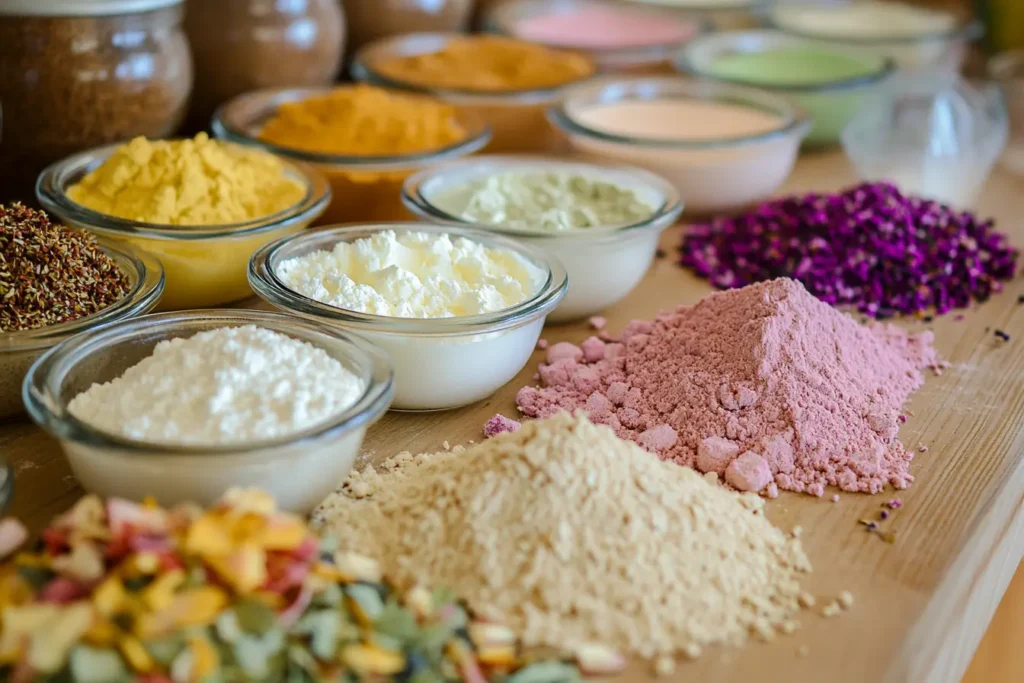
Furthermore, variations in kefir flavors can profoundly affect the final cake. From fruity to plain, each flavor adds unique characteristics to your bake. Incorporating flavored kefir can elevate a simple recipe, transforming it into a personalized creation. For example, lemon kefir enhances citrus-themed desserts, offering a refreshing twist. Hence, choosing the right kefir becomes an exciting adventure, paving the way for endless culinary possibilities.
5. Step-by-Step Preparation Tips
Making a kefir sheet cake requires precision, but it’s an enjoyable process. Start by carefully preparing the dry ingredients. Sifting the flour not only aerates it but also helps remove any lumps, ensuring a smoother batter. Measure the baking powder and soda precisely to maintain the cake’s rise. Using a kitchen scale can greatly improve accuracy, eliminating the potential for errors commonly associated with volume measurements.
Next, focus on mixing the wet ingredients with kefir. In a separate bowl, whisk together the eggs, oil or melted butter, and vanilla extract until well combined. Gradually add the kefir, mixing slowly to avoid splattering. Ensure that the texture is smooth and lump-free, as this impacts the cake’s final consistency. It’s crucial, however, not to overmix, as that can lead to a dense texture.
When combining the dry and wet ingredients, focus on achieving a uniform batter. Begin by slowly folding the dry mixture into the wet one using a spatula. This method helps prevent overmixing, which is key to maintaining a light texture. Use gentle, sweeping motions to ensure all the ingredients are fully incorporated before transferring the batter to a pre-prepared baking sheet.
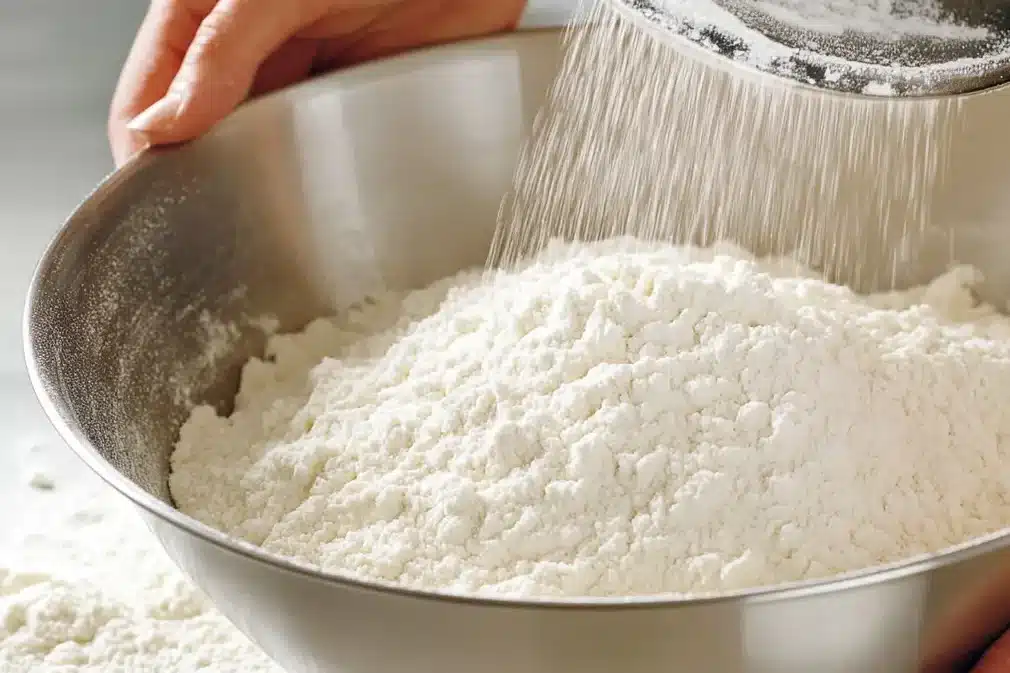
6. Baking the Perfect Kefir Sheet Cake
Baking plays a crucial role in achieving the perfect kefir sheet cake. Start by preheating your oven to the recommended temperature, usually around 350°F (175°C). Proper preheating is vital for consistent baking and ensures the cake rises correctly. Meanwhile, grease your baking pan to prevent sticking, or consider lining it with parchment paper for easy removal.
Adjust the baking time and temperature as needed. Most recipes suggest 25-30 minutes, but ovens vary, and it’s important to monitor the cake closely. If your cake seems to brown too quickly, reduce the temperature slightly. Every oven is unique, so learning its quirks can help you achieve better baking results.
Testing for doneness is straightforward: insert a toothpick into the center of the cake. If it comes out clean or with only a few crumbs, your cake is ready. Additionally, look for visual cues like the cake pulling away from the pan’s edges. Once finished, let the cake cool in the pan for a few minutes before transferring it to a wire rack.
7. Variations of Kefir Sheet Cake
Adding variety to your kefir sheet cake can enhance flavor and visual appeal. Consider incorporating flavor add-ins like chocolate chips, fruits such as berries, or nuts for added texture. Spices like cinnamon or nutmeg also introduce warmth and depth to the cake’s flavor profile.
Experiment with different frosting and topping ideas to elevate your sheet cake. A simple cream cheese frosting adds richness, while a light glaze can complement the cake without overpowering it. Dusting the finished cake with powdered sugar provides a classic and elegant look.
For a more visually stunning cake, try swirl and marble techniques. Easily achieve this by dropping different flavored batters side by side in the pan and using a knife to gently swirl them together. This not only adds beauty but also diversifies the flavor within each bite.
8. Common Mistakes and How to Avoid Them
When baking a kefir sheet cake, understanding common mistakes is essential to avoid potential pitfalls. Overmixing the batter is a frequent error, often leading to a dense and gummy texture. To prevent this, mix the ingredients just until combined, avoiding excessive stirring once the dry ingredients are integrated.
Incorrect measurements are another challenge many face, affecting both texture and flavor. Using the right tools, like measuring cups for dry versus liquid ingredients or even a kitchen scale, ensures precise measurements. This precision can differentiate a good cake from a great one.
Baking time mismanagement can result in an underbaked or overbaked cake. Keep a close eye on the baking time, setting a timer based on the recipe recommendations. Additionally, relying on visual and toothpick tests helps confirm doneness, ensuring your cake is perfectly baked without compromising its moistness and structure.
Kefir Sheet Cake Serving Suggestions
When it comes to serving your delightful kefir sheet cake, presentation is key. First, for a stunning visual impact, consider using elegant plating techniques. Place slices of cake on individual dessert plates and, if desired, add a light dusting of cocoa or powdered sugar for that extra touch. Additionally, garnishing with fresh fruit such as berries or a sprig of mint can enhance the cake’s aesthetic appeal.
Of course, pairing your cake with a suitable beverage can elevate the experience. A cup of hot coffee or a refreshing iced tea complements the cake’s textures perfectly. Moreover, for a more unique pairing, try serving with an herbal tea that has subtle floral notes, which can balance the richness of the cake.
To enjoy your cake at its best, proper storage is crucial. Store any leftovers in an airtight container to maintain freshness. Importantly, the kefir sheet cake can last up to three days at room temperature, but it will remain fresh for about a week when refrigerated. So, always remember these tips to extend the shelf life of your delicious creation.
Frequently Asked Questions (FAQ)
Many people often ask about the health benefits of kefir, particularly when used in baking. Essentially, kefir is rich in probiotics, which are beneficial for gut health, aiding digestion and enhancing nutrient absorption. Indeed, including kefir in your diet can improve overall well-being.
If you’re curious about how to make a kefir cake, a concise overview will help get you started. Begin with mixing the dry and wet ingredients, ensuring smooth batter consistency. For a more detailed guide, please visit our Kefir Sheet Cake Guide.
Also, a common substitution query is, can you use kefir instead of buttermilk in baking? Absolutely. Kefir’s similarity in acidity and consistency makes it a viable substitute for buttermilk, yielding a moist and tender cake every time.
Moreover, understanding the difference between kefir and yogurt is crucial. While both are fermented dairy products, the fermentation processes differ, resulting in a diverse range of bacteria cultures and textures, thus influencing their uses in baking.
Expert Tips for Enhancing Your Kefir Sheet Cake
Looking to take your kefir sheet cake to the next level? First, consider incorporating additional flavors. For instance, infusing lemon zest can add a refreshing zing, while cocoa or spices like cinnamon can introduce warmth and depth, enhancing your cake’s flavor profile.
Achieving the perfect moisture level in your cake is another essential aspect. To prevent dryness, ensure an optimal balance between wet and dry ingredients. Additionally, monitoring your baking time closely can make a significant difference.
For those keen on aesthetics, advanced decorating techniques could be the way to go. Consider using fondant for a smooth finish, or add a personal touch with edible flowers and intricate piping designs. This creativity not only improves visual appeal but also elevates the whole sensory experience.
Conclusion and Final Thoughts
In conclusion, crafting a kefir sheet cake presents numerous benefits. Not only does it promise a healthier dessert option brimming with probiotics and nutrients, but it also offers a unique and delightful flavor that distinguishes it from your typical cake.
We encourage you to experiment with different variations and flavors, as this will expand your baking repertoire. And don’t hesitate to share your creations and experiences with others, as this collective learning can inspire even more innovation in the world of baking.
Finally, to all our baking enthusiasts, we welcome you to share your own recipes or experiences with kefir sheet cake. Let’s make this baking journey enjoyable and enriching together.
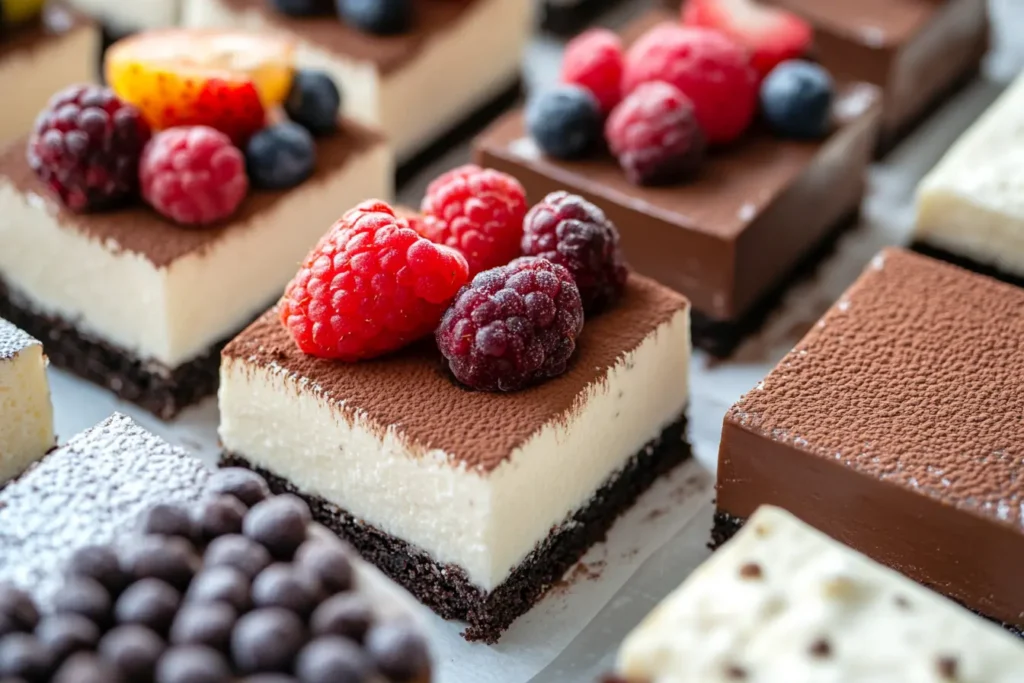
FAQs:
General Kefir Sheet Cake Information
- What is kefir sheet cake?
- Kefir sheet cake is a type of cake that uses kefir as a key ingredient. It’s rooted in Czech culinary tradition (Kefírová buchta) and known for its unique taste and texture.
- Where does kefir sheet cake originate?
- This type of cake originates from Central Europe and is a staple at family gatherings and festive occasions.
- Why use kefir in cake?
- Kefir is rich in probiotics, which are good for gut health. It also adds a tangy flavor and helps create a moist and tender crumb in cakes.
Kefir’s Health Benefits in Baking
- What are the health benefits of using kefir in baking?
- Kefir is packed with probiotics, which aid in digestion and gut health. It’s also rich in vitamins like B12 and K2, and minerals like calcium and magnesium.
- How does kefir compare to buttermilk or yogurt in baking?
- While buttermilk adds acidity and moisture, kefir offers a higher probiotic content. Yogurt provides protein and calcium, but kefir has unique fermentation benefits.
- How does kefir impact digestive health?
- Kefir supports the digestive system with its beneficial bacteria, which can lead to improved digestion and enhanced nutrient absorption. It may also reduce inflammation.
Essential Ingredients for Kefir Sheet Cake
- What are the key dry ingredients for kefir sheet cake?
- The key dry ingredients are all-purpose flour, baking powder, baking soda, salt, and sugar.
- What are the key wet ingredients for kefir sheet cake?
- The key wet ingredients are kefir, eggs, oil or melted butter, and vanilla extract.
- Why is balancing wet and dry ingredients important?
- The ratio of dry to wet ingredients influences the cake’s texture. An imbalance can lead to a dry, crumbly cake or one that is too wet and dense.

